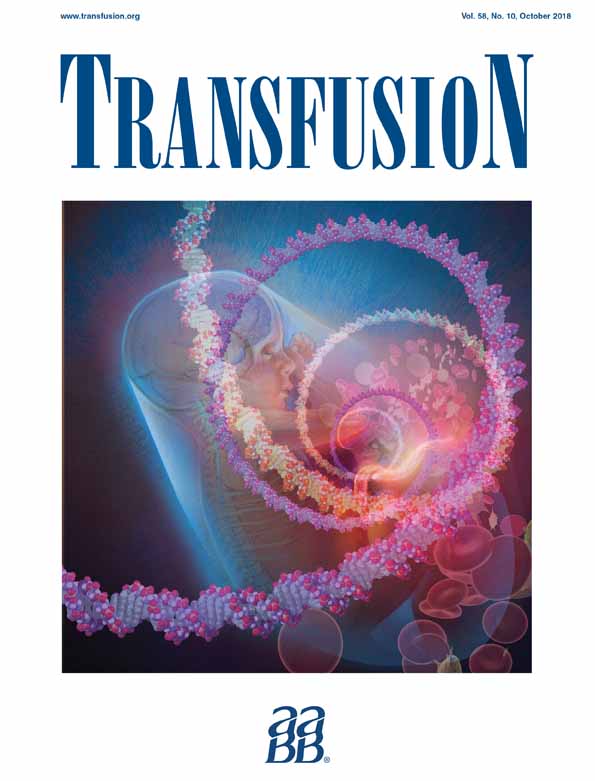Investigational use of PEGylated carboxyhemoglobin bovine in a Jehovah's Witness with hemorrhagic shock
Abstract
BACKGROUND
Jehovah's Witnesses pose a clinical challenge in the setting of critical anemia. Most do not accept transfusions, but some accept hemoglobin-based oxygen carriers on a compassionate-use basis. PEGylated carboxyhemoglobin bovine (PCHB) is an acellular dual-action carbon monoxide (CO)-releasing and oxygen transfer agent currently being investigated in Phase II clinical trials.
CASE REPORT
We present the case of a 42-year-old Jehovah's Witness with an acute upper gastrointestinal bleed and hemorrhagic shock who required emergent PCHB for stabilization during lifesaving interventions. After PCHB infusion, the patient's shock and encephalopathy improved with decreased vasopressor requirement. Through gastroenterology and interventional radiology procedures, the patient's bleeding stabilized. While receiving five additional doses of PCHB and other supportive therapies (iron, folate, vitamin B12, darbepoetin alfa), the patient was extubated and weaned off vasopressors.
CONCLUSIONS
PCHB was used to stabilize (bridge) a critically ill anemic patient for lifesaving interventions without adverse effects. Additional studies are warranted to explore the drug's safety profile and efficacy in patients declining blood products.
CONFLICT OF INTEREST
The authors have disclosed no conflicts of interest.




